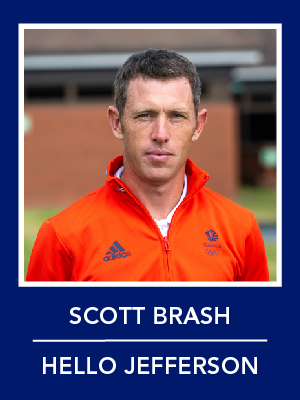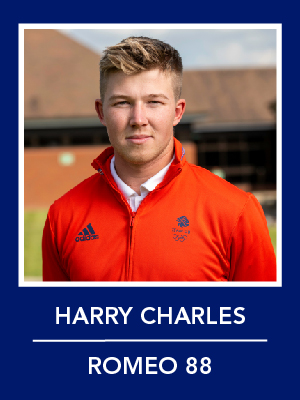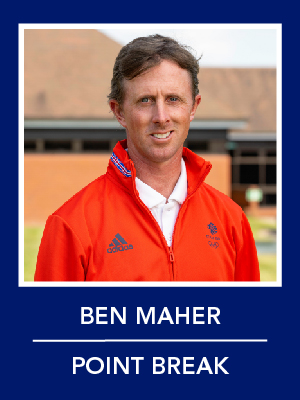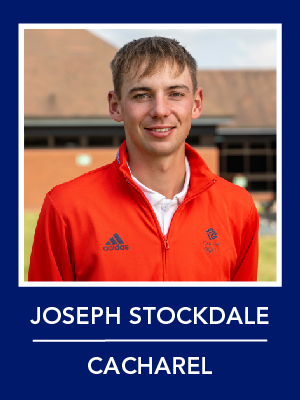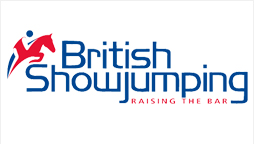Paris 2024: Jumping
Showjumping will be the final discipline to get underway, starting after the dressage team competition has concluded. A total of 75 athlete/horse combinations will take part, including 20 teams made up of three combinations. Each team also has the option of bringing a travelling reserve combination, who can be brought in between the team qualifier and team final.
The team qualifier will consist of a speed round without a jump-off, with combinations ranked depending on how fast they complete the course – times and penalties will be combined to give an overall team score. In the final, all teams start on zero penalties and will jump again – a jump-off will occur in the event of a tie for medal placings.
In a change to the Tokyo format, the jumping team competition will run ahead of the individual competition, as it did in previous Games such as Rio 2016 and London 2012. Chefs d’Equipe have the option of making a pre-competition change of athlete/horse combinations between the end of the team final and the start of the individual competition. The individual competition is open to all competitors and will run in a similar manner to the team one, starting with a speed round to decide the rankings for the final. Scores start at zero penalties for the final, as combinations jump against the clock for medals – a jump-off will occur if more than one combination goes clear inside the time.
Who's representing Team GB?
Click on the headshots to find out more about our four jumping combinations.
Scott, Harry and Ben will compete as the team of three, while Joe will take on the role of alternate combination. The running order for competition will be announced nearer the time.
good luck messages
Show our athletes how much you're rooting for them by sending them a good luck message via our Paris Post Box – you can create your own card, letter or picture, or use one of our exclusive colouring sheets.
Key dates
- 1 August: 09:00 BST – Team qualifier
- 2 August: 12:00 BST – Team final and medal ceremony
- 5 August: 12:00 BST – Individual qualifier
- 6 August: 08:00 BST – Individual final and medal ceremony
Competition format
The showjumping competition is contested over several rounds to decide team and individual honours. Combinations tackle set courses of at least 12 knockable obstacles, some of which might have multiple elements, with the aim being to leave the fences up and finish inside the optimum time. Nations can put forward a team of three combinations, plus one reserve combination who can be substituted in between the team qualifying and final rounds, with the three highest scores counting towards the final team result.
TEAM QUALIFIER (DAY ONE)
All competitors contest the first round, which acts as a qualifier for the individual final. There is no jump-off in this round, and competitors must complete the course within the specified time or accrue time penalties. All 60 combinations will take part, with combinations ranked from lowest score to highest, with equal placings permitted. No scores will be carried over from the team competition.
TEAM FINAL (DAY TWO)
The 10 best-placed teams will go through to the team final. In the event of an equal placing for the last qualification spot, the combined times of the combinations in the previous round will be used as a tie-breaker. If a horse or rider isn’t able to contest the final round, teams can substitute in their reserve combination up to two hours before the start of the team final. Teams that withdraw before the start of the final round will not be replaced.
All combinations start the final round on a score of zero. Once all teams have jumped, the medals will be decided by combining the accrued penalties of all team members. In the event that there’s a tie for first place, a jump-off against the clock will be used to decide the medals. All three combinations on a team will jump, but only the fastest time will count. For any other equal placings, the combined times and penalties for each combination on the team will be used to decide the ranking.
INDIVIDUAL QUALIFIER (DAY THREE)
The first round of the individual competition follows a similar format to the qualifying round of the team competition. There is no jump-off in this round, and competitors must complete the course within the specified time or accrue time penalties. The combinations are ranked from lowest score to highest, with equal placings permitted.
INDIVIDUAL FINAL (DAY FOUR)
The 30 best-placed combinations after the qualifying round will go through to the individual final, although the number can be increased if there’s a tie for 30th place. If a horse or rider is unable to content the final round, they will be replaced with the next best-placed combination.
No scores are carried over for the individual final, with all combinations starting on a score of zero. Once all combinations have jumped, the medals will be decided by the riders with the fewest accrued penalty points – in the event of a tie for first, second or third place, a jump-off against the clock will be used to decide the final placings.
